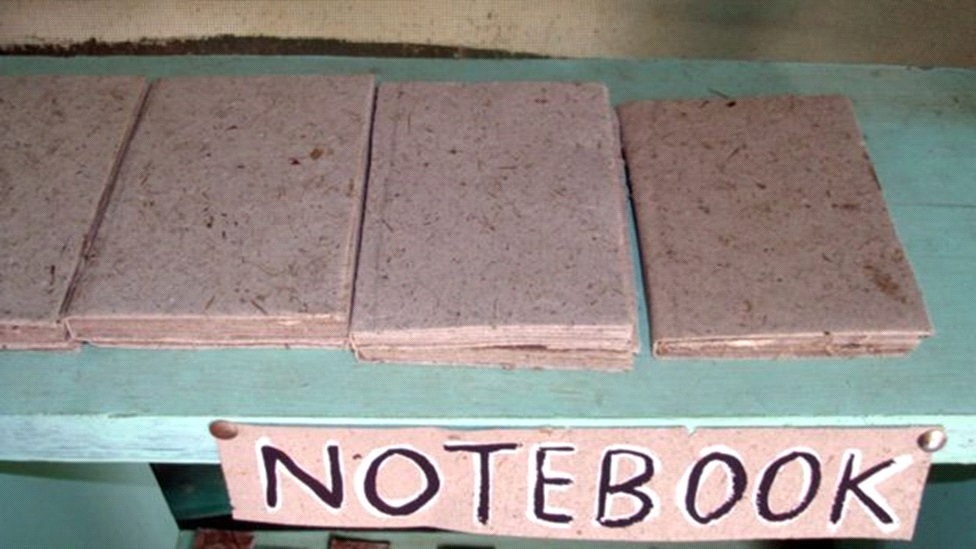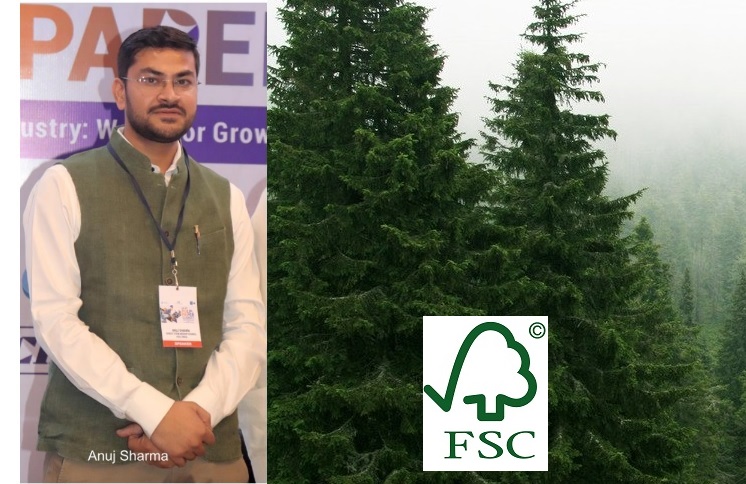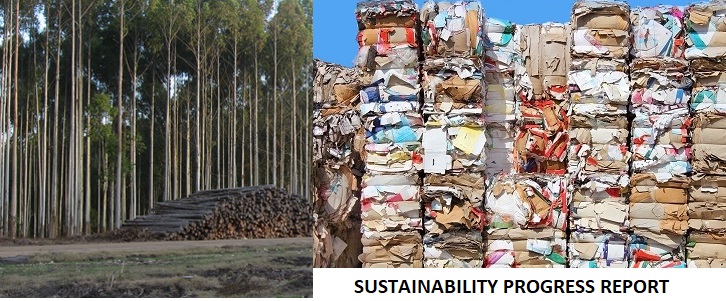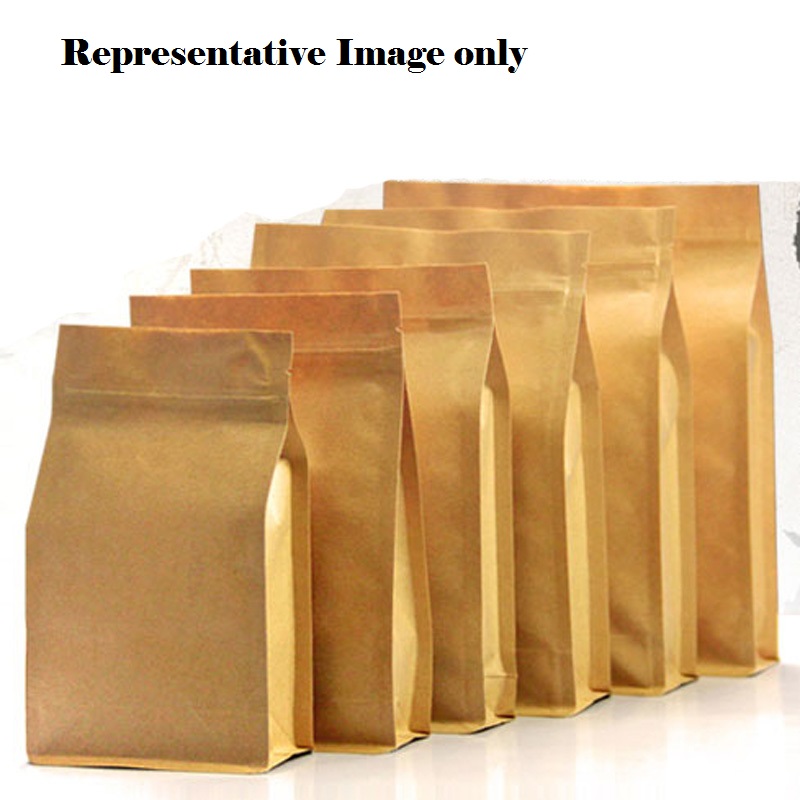Making Paper from Elephant Dung, A business which generates money.

Making Paper from Elephant Dung, Is it a money making business ?
While elephant poachers are only interested in the animals' tusks, for Kenyan entrepreneur John Matano it is all about what comes out of the other end of the world's largest land mammal.
This is because the 58-year-old collects elephant dung that he turns into high quality paper. And for a continuing supply of dung, he very much wants Kenya's elephants to remain alive and well. While some people might be a bit sniffy about the thought of elephant droppings being turned into paper, it is in fact a small but growing industry in the East African country, with 17 firms now involved, according to official government figures.
"If you ask me 'is paper from elephant dung of reasonable quality?', the answer is a big yes," says Mr Matano, whose business Nampath Paper employs 42 people, and makes an annual profit of 2.3m Kenyan shillings ($23,000; £15,700).
Elephant corridor
Kenya's elephant dung paper industry is centred on the Mwaluganje Elephant Sanctuary, a community-owned 36 sq km (14 sq mile) conservation area for elephants, 28 miles (45km) south west of the coastal city of Mombasa. Making the paper started as a pilot project in 1994, before commercialisation began a decade later when local farmers such as Mr Matano set up their own paper-making businesses. The sanctuary itself was established in 1993 both to help elephants, but also to assist 200 or so local farmers. The farmers had for generations had to put up with elephants from the nearby government-owned Shimba Hills National Reserve walking into their farmlands and eating or destroying crops. This resulted in serious and sometimes deadly conflicts between humans and elephants. So the Mwaluganje Elephant Sanctuary was established adjacent to the national reserve, with financial assistance and support from the United States Agency for International Development, and UK animal charity Born Free Foundation.
The idea was that the surrounding farmers would receive a share of the tourism revenues from the sanctuary to make up for any crops that are destroyed by elephants. The farmers also ceded part of their lands to create a migratory elephant corridor between the Shimba Hills National Reserve, and the Tsavo West and Tsavo East national parks some 100km to the west. In addition, the sanctuary aimed to encourage farmers to explore additional income strands, such as bee keeping, and selling elephant dung for turning into paper, or making the paper themselves.
Saving trees
Mr Matano says that making paper from elephant dung "is not complicated at all, it is an easy affair". The faeces, which is full of grass and other plant fibre that has been broken down by the elephant's digestive system, is first thoroughly washed.
"After washing, clean fibres remain," says Mr Matano. "Then the fibre is boiled for four hours in a vat to thoroughly ensure it is clean.
"Then after that, much of the process is similar to that of making regular paper [from wood pulp]."
Mr Matano adds: "An average elephant eats 250kg of food each day. Out of that amount about 50kg of dung is produced, and 125 sheets of [A4] paper can be produced from each 50kg." He says that both the price and quality is similar to standard paper, but with the added benefit of reducing deforestation.
"It is saving the indigenous tree populations of nearby forests from being destroyed," says Mr Matano, who now has shops in Mombasa and capital Nairobi.
"The business is very reliable, and has a promising future. It is important for poaching and illegal logging to go down to 0%." The Kenya Wildlife Service (KWS), a government agency, says that the elephant dung paper industry is indeed helping both Kenya's remaining 7,000 elephants and to reduce illegal logging.
"Lots of the paper products from elephant dung have been provided to us here at KWS," says Paul Gathitu, spokesman for the organisation.
"It is a good effort, it helps humans coexist with elephants."
'Doesn't stink'
Another Kenyan business making paper from elephant dung is established paper manufacturer Nairobi-based Transpaper Kenya. Image caption Jane Muihia says dung paper - which she is holding - is of the same quality as standard paper While most of its products are made from different types of indigenous tree species, 20% now come from elephant dung.
“Paper from elephant dung is equal in quality to regular paper. In price it is also almost the same," says Jane Muihia, of Transpaper Kenya.
"It does not stink as it goes through all the regular stages of manufacture."
She adds that her company produced 2,809 tonnes of paper from animal dung last year, and it expects that figure to triple by the end of this year. Back at the Mwaluganje Elephant Sanctuary its manager, Kafe Mwarimo, says that the elephant dung paper industry has so far helped more than 500 local people pull themselves out of poverty.And with 600 elephants regularly passing through, the raw material is not in short supply.
Sources: bbc.com
Web Title: Making Paper from Elephant Dung A business which generates money




 Join WhatsApp Group
Join WhatsApp Group Join Telegram Channel
Join Telegram Channel Join YouTube Channel
Join YouTube Channel Join Job Channel (View | Submit Jobs)
Join Job Channel (View | Submit Jobs) Join Buy Sell Channel (Free to Submit)
Join Buy Sell Channel (Free to Submit) Paper News Headlines Channel (Free to read)
Paper News Headlines Channel (Free to read)







